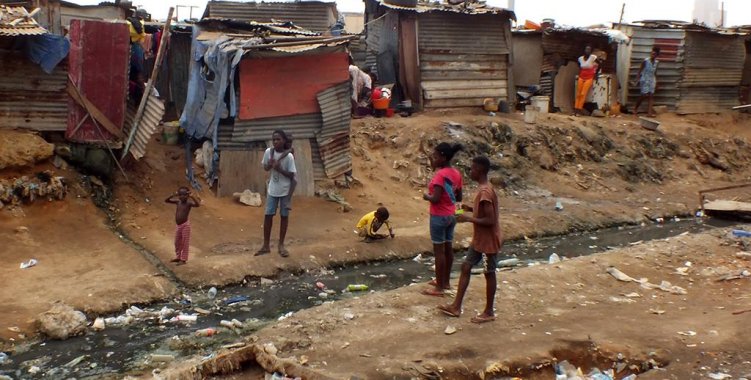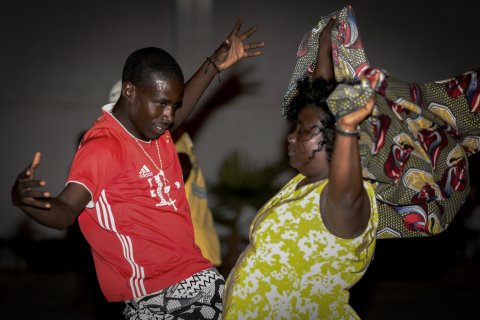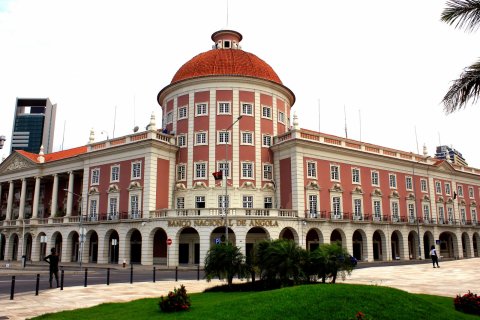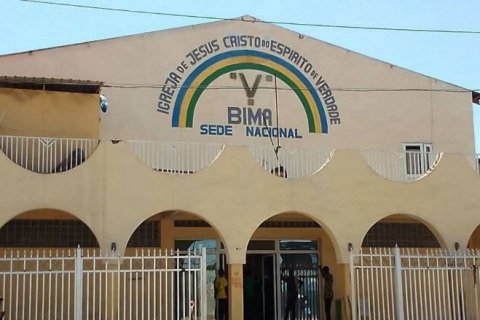According to the Poverty Report for Angola 2020: Expenditure and Income Survey (IDR - 2018/2019), particularly on Monetary Poverty, consulted Monday by Lusa, poverty in Angola is greater in eight provinces, and of the total poor population more than half (56 percent) live in rural areas.
The study, prepared by Angola's National Statistics Institute (INE) and concluded in December 2019, noted that the depth of poverty in the country is 10 percent, which represents the "average deficit of consumption per person below the poverty line.
According to the report, the intensity of poverty index is 4 percent, "a measure that reflects the severity of poverty taking into account existing inequality among the poor," where the indexes show high values in rural areas (56 percent) than urban areas (44 percent).
Regarding the poverty rates by area of residence, the study notes that poverty is higher in rural areas (57.2 per cent), almost double that in urban areas (29.8 per cent).
Regarding the depth index, the consumption deficit is twice as high in rural areas (14 per cent) compared to 7 per cent in urban areas, while the intensity index in rural areas (6.2 per cent) is twice as high compared to urban areas (3.3 per cent).
As for gender, there are no significant differences for both, i.e. poverty is mostly concentrated in men with 40.8 per cent and women with 40.2 per cent.
The IDR report also points out that poverty is greater in the provinces of Kwanza Sul, Lunda Sul, Huíla, Huambo, Uíje, Bié, Cunene and Moxico, eastern Angola, "where more than half the population is poor.
The provinces of Namibe, Benguela, Kwanza Norte and Bengo have an incidence of poverty between 42 and 48 percent.
Luanda, according to INE, has the lowest incidence of poverty with 20 percent, while Cunene and Moxico have the highest incidence with 62 percent.
Cunene, Bié and Moxico are the provinces with the highest depth of poverty index, between 16 and 18 percent. The lowest is in Cabinda, Luanda and Lunda Norte with 4 percent each.
According to the report, the distribution of the incidence index is above the national average in the urban areas of the provinces of Bié (53 percent), Huambo (52 percent), Lunda Sul (49 percent), Uíje (45 percent), Cuanza Norte (44 percent) and Moxico (43 percent).
The study also states that the highest poverty rates are in the population aged 65 and over, incidence 43.7 percent, depth 12.7 percent and intensity 5.8 percent. The lowest rates are found in the population under 34 years of age.
"The level of education is clearly associated with the situation of poverty. The higher the level of schooling of the population, the lower the level of poverty. 57 per cent of the population has no level of schooling and 55 per cent with primary education is poor", reads the report.
In the country, INE stresses, only 17 per cent of the population that has secondary education or higher is poor.
Since the end of 2014, Angola has been experiencing a deep economic, financial and exchange crisis due to the fall in the price of oil on the international market - the country's biggest economic support - and with negative repercussions on the socio-economic condition of its citizens.







